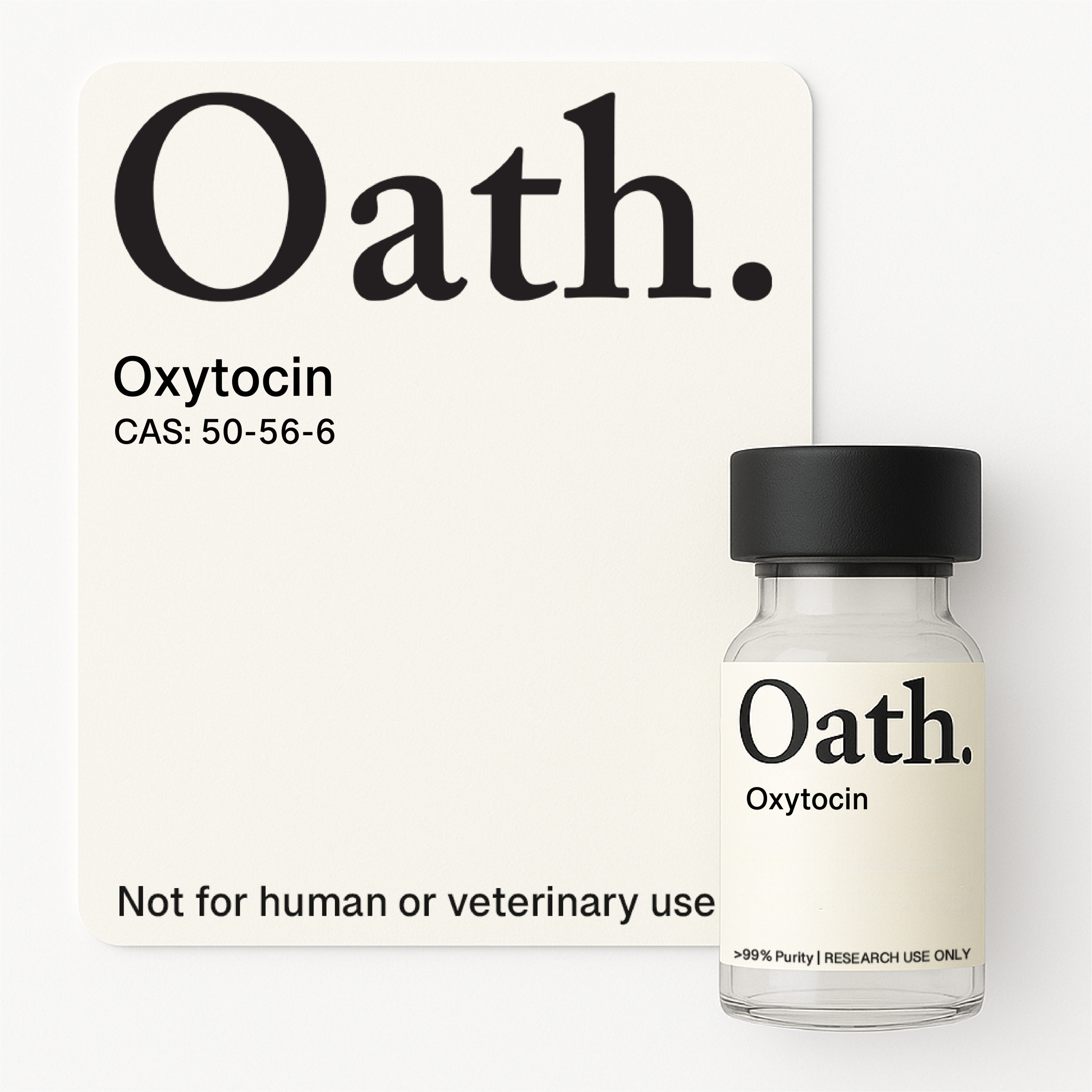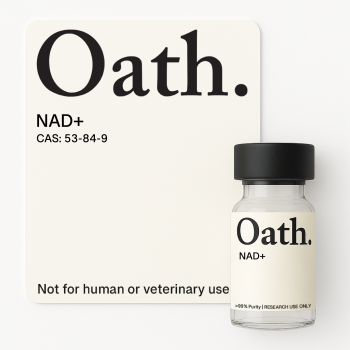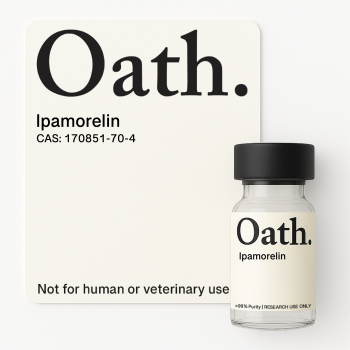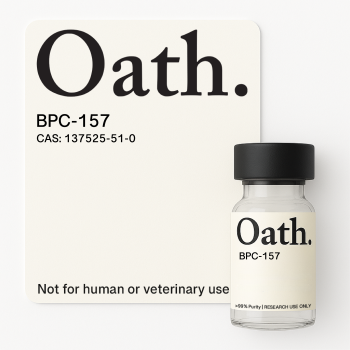Oxytocin is a fascinating nine-amino acid peptide that plays a crucial role in social bonding and emotional connections. Often called the “love hormone,” this research compound is being extensively studied for its potential to enhance social cognition, reduce anxiety, and even manage certain types of pain. Scientists are particularly interested in how oxytocin influences trust, empathy, and social behavior through its interaction with brain receptors. This lyophilized powder requires reconstitution before use in laboratory research settings.
This product is exclusively intended for laboratory research purposes and is not approved for human or animal consumption. Researchers must follow proper safety protocols and regulatory guidelines when handling this compound. This product is exclusively for laboratory research and not for human or animal use.





